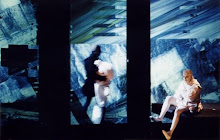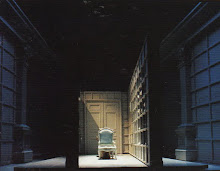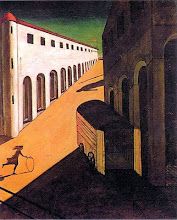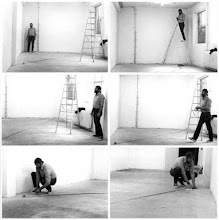WHAT
- Each subject hides a story; urban spaces are loaded with stories.
- Each subject hides a story; urban spaces are loaded with stories.
- Spaces of transition or non-places in an urban environment are anonymous; they are used and then abandoned.
- The non-place holds multiple narratives but also reflects social interaction and alienation experienced in these sorts of contemporary urban spaces.
- Imagine hidden stories and relationships that are part of an urban and social space (stories that we find in non-places) and represent them in the form of a theatrical set.
- The theatrical set holds fictional realities; in this space the subjects project an image of their otherness.
- Non-place: representation of movement and gesture; noise; presence; self.Stage space: stasis; controlled sound; absence; other.
HOW
- Find a non-place (i.e. train station) and abstract, suggest a narrative to be represented as an example.
- Find a non-place (i.e. train station) and abstract, suggest a narrative to be represented as an example.
- The starting point to set the narrative and the characters is the film ‘Last year in Marienbad’ by Alain Resnais. This is chosen because, through its apparent simple plot, it is enigmatic and baffles the viewer. The figures that appear in it ‘are trapped (…) in a world limited in space and time, which seems to begin again and again’ (Lagier, in documentary about the film).

- The narrative starts from the non-place and is projected onto the theatre set, where it is represented.
- The stage space is composed by series of theatre props in the form of successive images in different layers, to achieve depth of field. These props move, stretch, connect one scene to the next, augmenting architectural space.
- The characters within the stage are cut off from any context, they appear static-maybe (test).
- The stage set is described as a labyrinth; the motif of the labyrinth, as in the film referenced, is present throughout the setting.
- Within the stage space, the camera acts as an external character and audience simultaneously.
- Play with rhythm in the film i.e. obsessive repetitions, changes of speed, temporal clashes.
- For the stage set use false and exaggerated perspective. The first shot is static (it shows the ‘correct’ perspective); only when the camera moves through the space the montage is revealed.








No comments:
Post a Comment